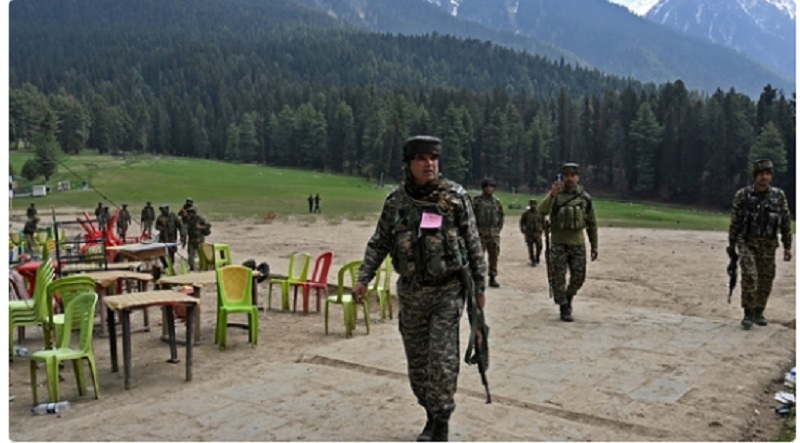The United States on Thursday issued a ‘Do Not Travel’ advisory to its citizens for Jammu and Kashmir in the wake of the deadly terror attack in the Union territory’s Pahalgam in which 26 people were killed.
The US State Department has advised its citizens to avoid travel to Jammu and Kashmir, with the exception of the eastern Ladakh region and its capital, Leh.
The advisory, available on the official travel portal travel.state.gov, states: “Terrorist attacks and violent civil unrest are possible in the union territory of Jammu and Kashmir. Do not travel to this state (with the exception of visits to the eastern Ladakh region and its capital, Leh). Violence happens sporadically in this area and is common along the Line of Control (LOC) between India and Pakistan. It also occurs in tourist spots in the Kashmir Valley: Srinagar, Gulmarg, and Pahalgam. The Indian government does not allow foreign tourists to visit certain areas along the LOC.”
It also asked its citizens to avoid going within 10 kilometres of the India-Pakistan border “due to the potential for armed conflict.”
The US government personnel have been prohibited from travelling to Jammu and Kashmir. Now US citizens have been urged to avoid the affected area altogether.
They are advised to closely monitor local media for real-time updates and to remain vigilant at all times.
The advisory also emphasised the importance of being aware of one’s surroundings and maintaining heightened alertness, particularly in locations that are popular among tourists.
The advisory comes amid heightened security measures and a tense atmosphere in the region, as authorities continue to assess the threat landscape following the Pahalgam attack.
ALSO READ: Pahalgam attack: India suspends Indus Waters Treaty, shuts Attari Border
Terrorists opened fire in Pahalgam on Tuesday, killing 26 people, mostly tourists, in the deadliest attack in the Valley since the Pulwama strike in 2019.
The Resistance Front (TRF), a proxy of the banned Pakistan-based Lashkar-e-Taiba (LeT), claimed responsibility for the attack.















